From the February issue of Apollo: preview and subscribe here
The American artist Lynda Benglis (b. 1941) gained notoriety in 1974 when she ran an advert in Artforum, in which she posed nude, wearing sunglasses and brandishing a large dildo. It showed her readiness to push boundaries, an attitude present in much of her work – and especially in its challenging and experimental use of materials. Some 50 of her works will go on display this month in a major retrospective at the Hepworth Wakefield.
Your exhibition at the Hepworth Wakefield is the largest you’ve had in the UK, and follows a major European retrospective in 2009–10. How does it feel to look back on your work of several decades and see it gain this recognition?
It’s pretty intense. I mean, I like it! Most of the time I’m alone and working. I don’t think I could both work and be confronted with the intensity. I’m usually more focused on what I’m doing in the present. When I look at something from the past, I of course recognise it but it’s as if it’s another time, another era. It’s almost like looking back on another life as another person. But I’m looking forward to the Hepworth show. I think there are about 50 works in the exhibition, though I haven’t counted. Part of it has been up to the museum. I trust the people who are involved with the show.
Your early works, particularly the ‘Fallen Paintings’ [coloured latex poured onto the floor], saw you dubbed the heir to Jackson Pollock. Do you feel part of an abstract tradition?
When I arrived in New York in the 1960s, the camaraderie between the Abstract Expressionists, as well as the Minimalists was quite intense. Naturally I felt an affinity with that. But most artists prefer not to be categorised, as they believe themselves to be ever-changing. I certainly think of myself like that – at least contextually – as I use and develop different materials. But I’m not just concerned with materials – I think my pieces also display some kind of sensitivity to image making.
And to a degree those early works also seem to be reacting against Minimalism?
Of course. I felt my use of these bright, intense Day-Glo colours, as well as my use of phosphorescence for example, was no holds barred. In terms of colour and materials I never felt particularly inhibited.
Thinking about your materials – wax, latex and so on – it feels as though you’re pushing them to their limits. Is that something you’re aware of?
Definitely. I have an attachment to my materials – I would like to embody them with life. I’m also very aware of learning about what the limitations of my materials are and displaying them – cooking with them in a sense. Typically I like to push them excessively – further than maybe they are capable – into an area that is interesting to me. There are no boundaries in art, except the material boundaries. Rules are made to be broken.
Do you consider yourself a rebellious artist? I’m thinking about this in the wider context of your notorious 1974 Artforum advert.
The logic of making art, or even of being, is a thing to be questioned. That said, the conditions that I find myself in as a woman artist at the end of the last century and the beginning of this one are very exciting. It’s time for people to recognise that women have equal and different roles to play.
After the Artforum advert, did you feel confined by the feminist label that became attached to you?
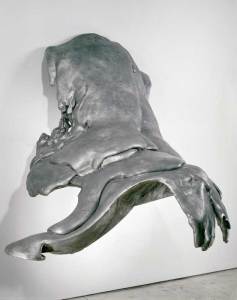
Wing (1970), Lynda Benglis, cast aluminium. Image: courtesy the artist and Cheim & Reid, New York
Possibly, because I felt I had to respond to it. Until that moment, it wasn’t the subject of any performance I did, and I didn’t address it in my wider work until I felt I had to comment. But then I realised that as a child growing up I was very theatrical. I liked to imitate movies, and dancing. I was involved with a kind of theatre of my existence. When I was in the ‘Five from Louisiana’ show [1977] in New Orleans, the curator asked who I wanted to write the essay, and I said someone from the theatre. Tennessee Williams was mentioned and I said yes right away.
Then there’s the body, which has always been an important reference. When I started to make objects – I’m thinking here of my early encaustic paintings – I thought in terms of the length of my arm and then later my height and how wide the brushstroke was or how wide my body was. I imitated that scale and the skin’s surface. I used wax and then latex rubber and semi-flexible foam – all of which have a very tactile quality.
More recently you’ve been using paper in an unusual way…
For the last two-and-a-half years I’ve been developing paper sculptures – they’re both paintings and sculptures. They’re objects made of wet paper that’s been stretched, like a skin, on wire that I’ve contoured. They’re very drum-like – their skin vibrates on the stretched wire. I make marks on the paper of various sizes, densities and characters. I realised that I make drawings the way I do because I see a surface as being spatial.
You’ve said before that in your early career you were part of a generation of artists searching for something new. Does that search continue now?
Oh yeah. I mean the only thing that interests me is asking the questions…
‘Lynda Benglis’ is at the Hepworth Wakefield from 6 February–5 July.
Click here to buy the latest issue of Apollo
Related Articles:
Abstraction and Representation: women artists and contemporary art (Catherine Spencer)
Unlimited access from just $16 every 3 months
Subscribe to get unlimited and exclusive access to the top art stories, interviews and exhibition reviews.

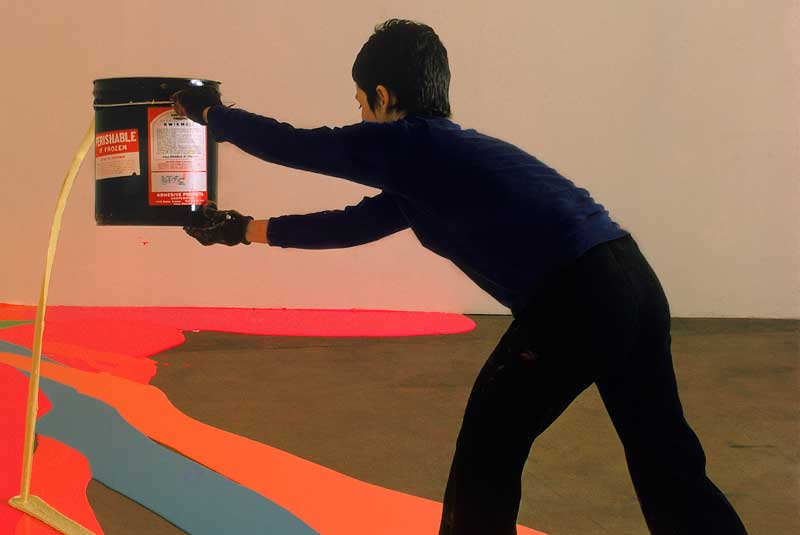
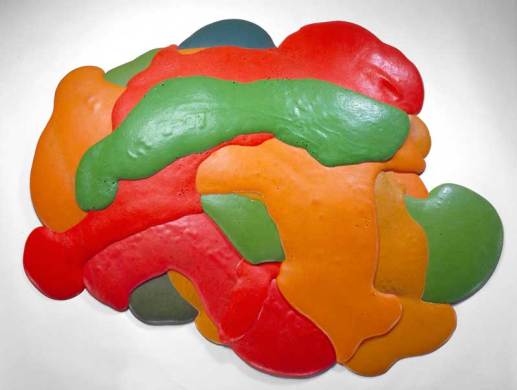
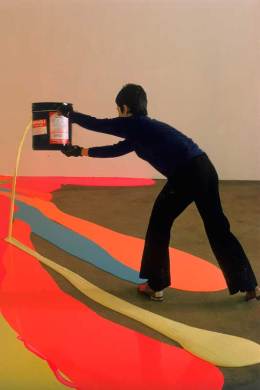
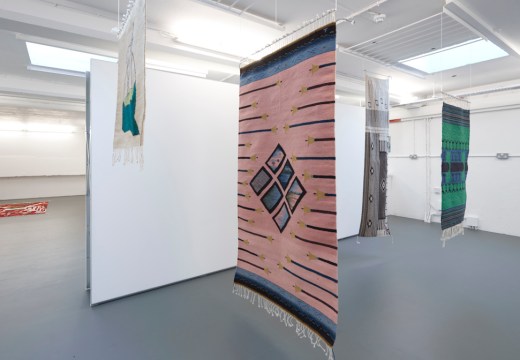











![Masterpiece [Re]discovery 2022. Photo: Ben Fisher Photography, courtesy of Masterpiece London](http://www.apollo-magazine.com/wp-content/uploads/2022/07/MPL2022_4263.jpg)
It’s time for the government of London to return to its rightful home